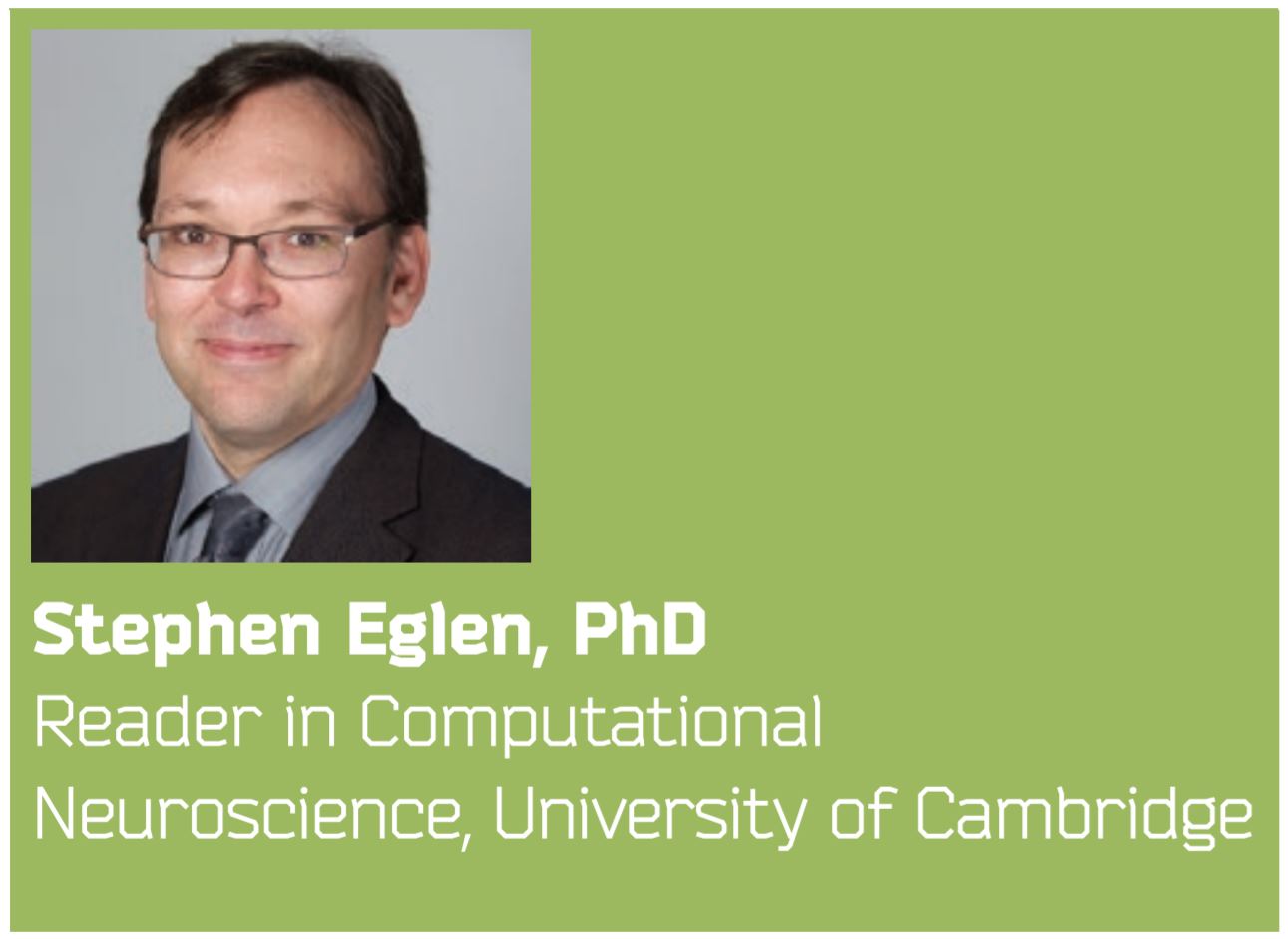BNA Annual General Meeting 2025
1st April 2025
13th Jul 2018
 The ‘Bright Brains’ newsletter is composed and edited by students, postdocs and early career members of the BNA. In the Summer 2018 Bulletin edition, Dr. Stephen Eglen put forward his thoughts on reproducible research, open science and top tips for becoming an open scientist.
The ‘Bright Brains’ newsletter is composed and edited by students, postdocs and early career members of the BNA. In the Summer 2018 Bulletin edition, Dr. Stephen Eglen put forward his thoughts on reproducible research, open science and top tips for becoming an open scientist.

This leads us naturally to the second term, open science. The competitive nature of science, such as limited funding, jobs and ‘high-impact’ publications, means that there is a natural tendency to withhold key datasets or analysis technologies. An alternative view gaining prominence in recent years is that sharing our resources allows others to build on our work and science as a whole should benefit. As an open scientist, you are increasing your chances of making your work reproducible. Though being an open scientist may appear naive and altruistic, there are selfish reasons for sharing your research3. Many funding agencies now require data management plans for sharing of data post publication, and journals are increasingly asking for data and methods. My optimistic hope is that in 10 years we might be able to drop the qualifier ‘open’ and instead talk again simply about science.
Top tips for becoming an open scientist:
If you have any comments or questions, you can find Stephen on Twitter (@StephenEglen)
References:
To view past editions of Brightbrains online or in print, please visit www.bna.org.uk/publications/bright-brains/.
If you’re a BNA member interested in contributing to Bright Brains online or in print, please email Jayanthiny Kangatharan (jayanthinykangatharan@gmail.com).